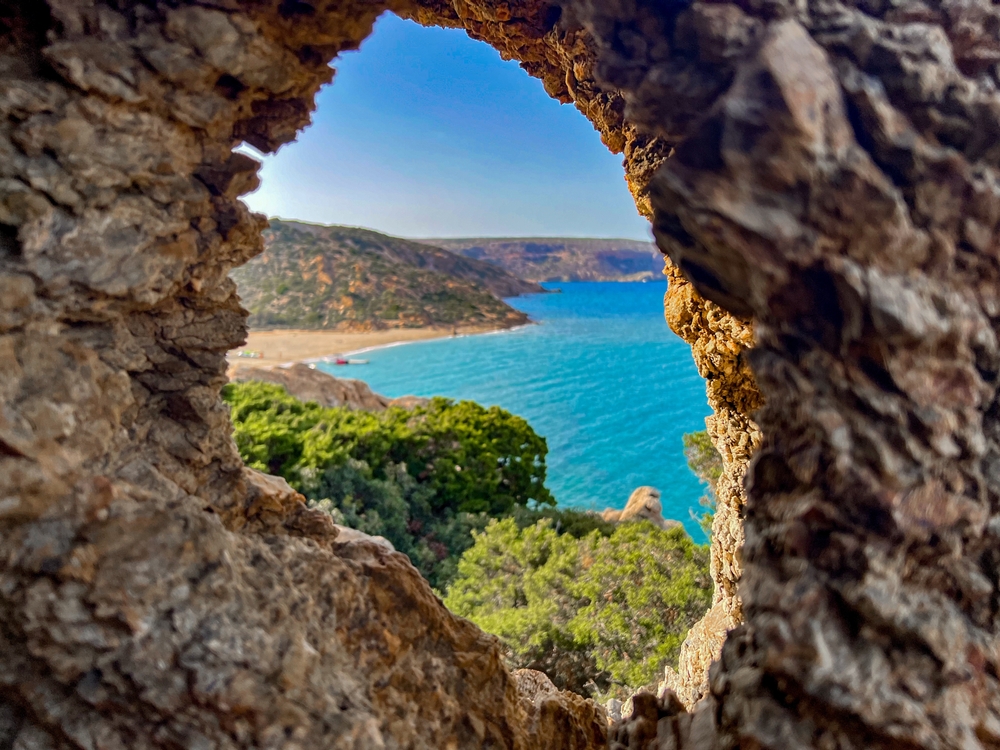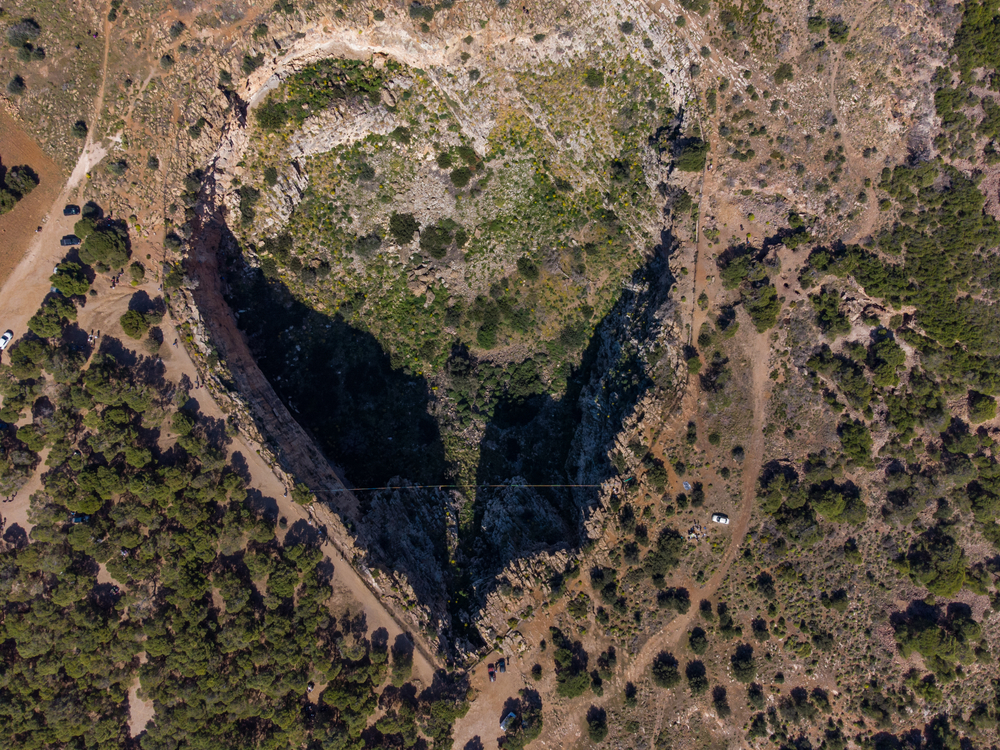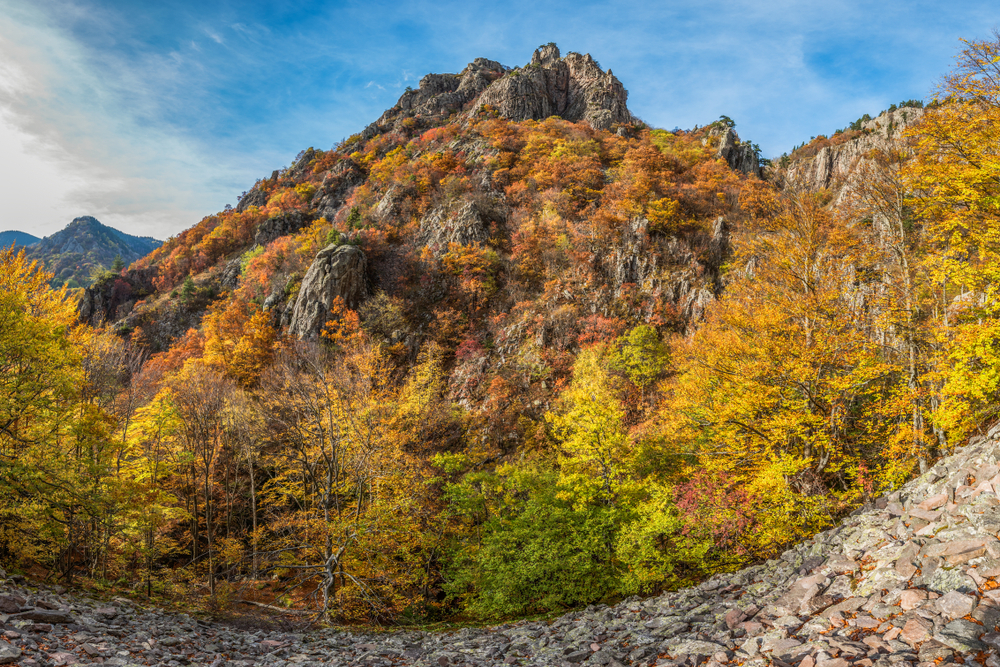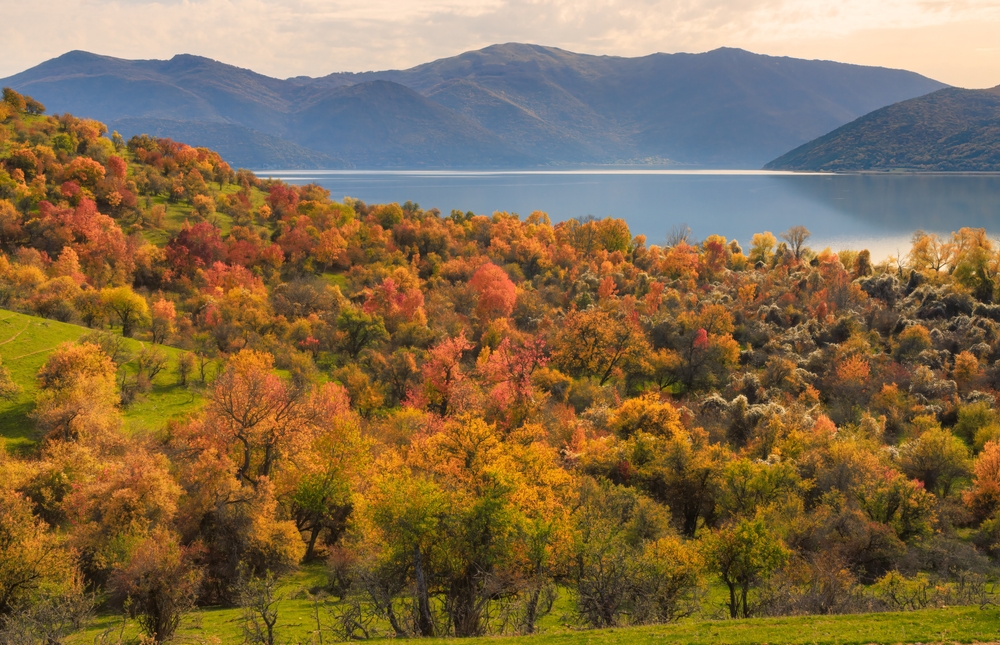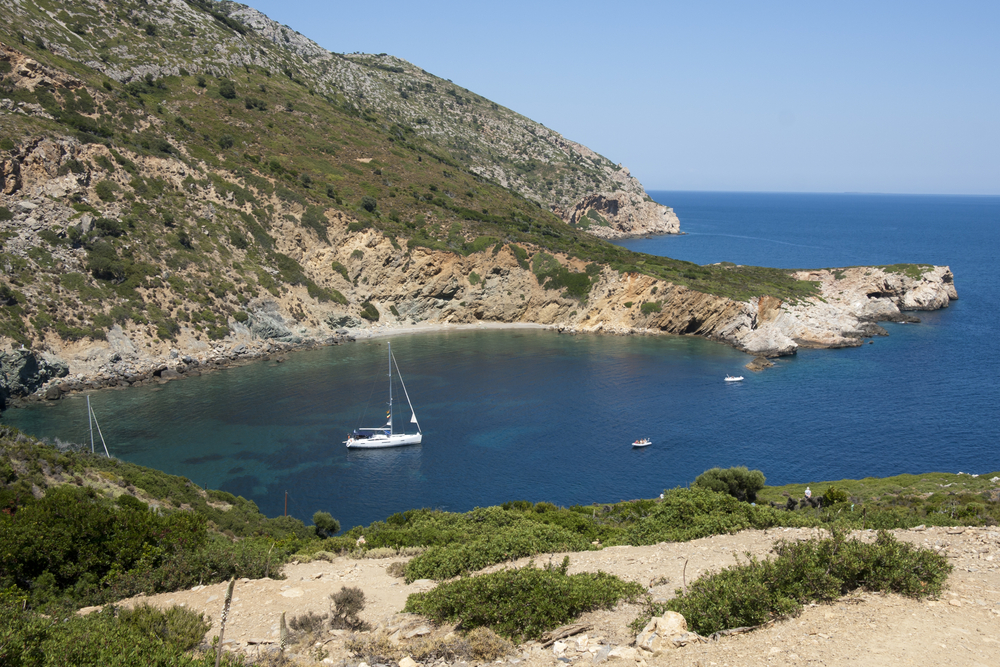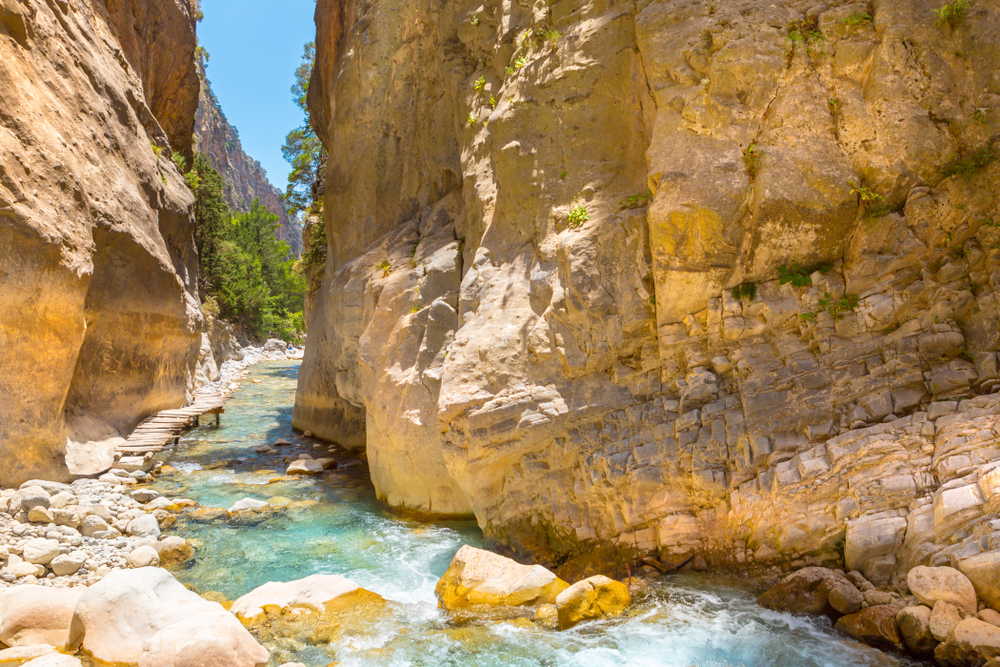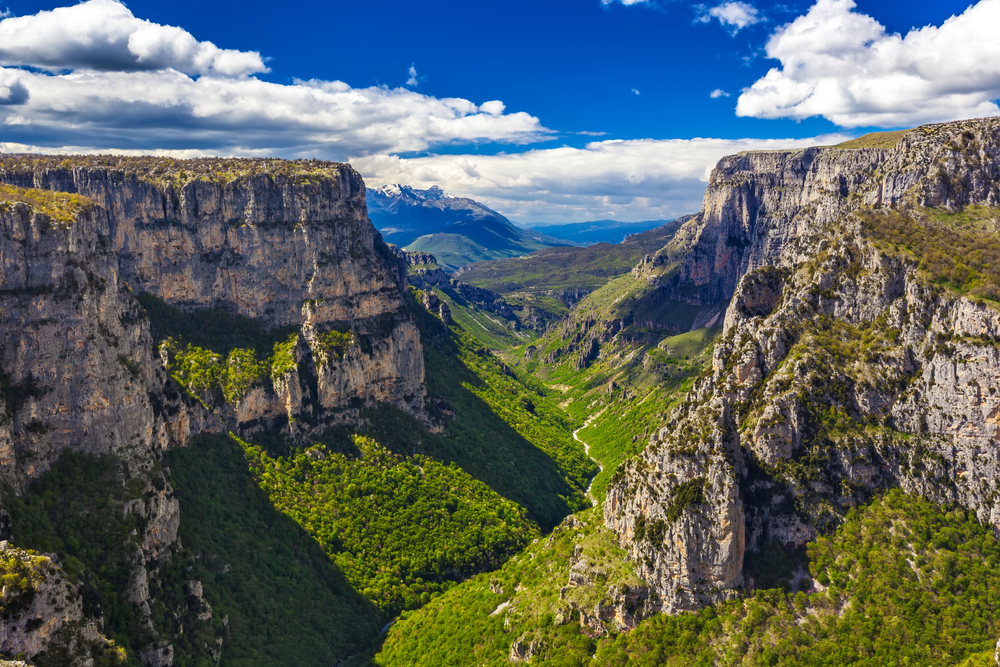Vai Overview
Vai National Park, located in eastern Crete, Greece, is a unique and picturesque protected area best known for its expansive palm forest, one of the largest in Europe.
Spanning approximately 0.82 square miles (2.12 square kilometers), the park sits near the northeastern coastline of the island and offers breathtaking views of both the Aegean Sea and the surrounding arid hills.
The name “Vai” originates from the Greek word for palm, reflecting the park’s defining feature—its dense cluster of Cretan date palms (Phoenix theophrasti), a rare species found in only a few Mediterranean locations. This oasis-like setting contrasts sharply with the dry and rocky landscapes that dominate much of Crete, creating a distinct ecological environment.
The terrain of Vai National Park is a mix of coastal cliffs, sandy beaches, and low-lying valleys filled with native vegetation. The centerpiece of the park is the famed Vai Beach, a stunning crescent of golden sand lined with thousands of native palm trees. These trees, which can grow up to 50 feet in height, provide a lush canopy that shades parts of the park, offering visitors a cool retreat.
Beyond the palm forest, the park features rocky outcrops, scrublands with hardy Mediterranean flora such as thyme and sage, and small wetlands that seasonally attract various wildlife. The gentle waves of the Aegean lap against the beach, creating a serene environment that has drawn visitors for centuries.
Wildlife in Vai National Park is rich, especially when it comes to bird species. The palm forest and coastal areas provide shelter for migratory and resident birds such as the European bee-eater, Eleonora’s falcon, and the Eurasian hoopoe. Seabirds like gulls and cormorants can often be seen soaring along the coast.
The park is also home to reptiles like the Balkan green lizard and the Moorish gecko, which thrive in the warm climate. Though mammalian wildlife is less diverse, visitors might encounter small mammals like hedgehogs and weasels moving through the undergrowth. The marine ecosystem is also significant, with clear waters that host fish species and, occasionally, sightings of Mediterranean monk seals along the coast.
One of the most popular features of Vai National Park is its palm forest, which attracts thousands of visitors yearly due to its rarity and beauty. Vai Beach, with its clear turquoise waters, is a favorite among tourists seeking relaxation and recreation.
The park also offers hiking trails that allow visitors to explore the hills and enjoy panoramic views of the coastline. The nearby archaeological site of Itanos adds a cultural element to the experience, allowing visitors to explore ruins that date back to ancient Greek and Minoan civilizations. The combination of natural beauty and historical significance makes Vai a compelling destination.
Visitors to Vai National Park can engage with the park in several ways, including swimming in the crystal-clear waters, hiking along designated trails, and birdwatching in the palm grove. Snorkeling is a popular activity, as the underwater ecosystem is teeming with marine life.
Guided eco-tours are available for those who wish to learn more about the park’s flora and fauna. The park also has designated picnic areas, allowing visitors to enjoy the scenery in a relaxed setting.
Conservation efforts at Vai National Park have been focused on preserving its rare palm forest and protecting the delicate coastal ecosystem. Over the years, tourism and human activity have posed challenges, leading to measures aimed at limiting visitor impact.
Controlled access points, educational programs, and conservation initiatives have helped maintain the health of the palm forest while ensuring sustainable tourism. The park’s status as a protected area under Greek and European environmental laws has aided in its preservation, making it a successful example of balancing ecological conservation with public enjoyment.








































































